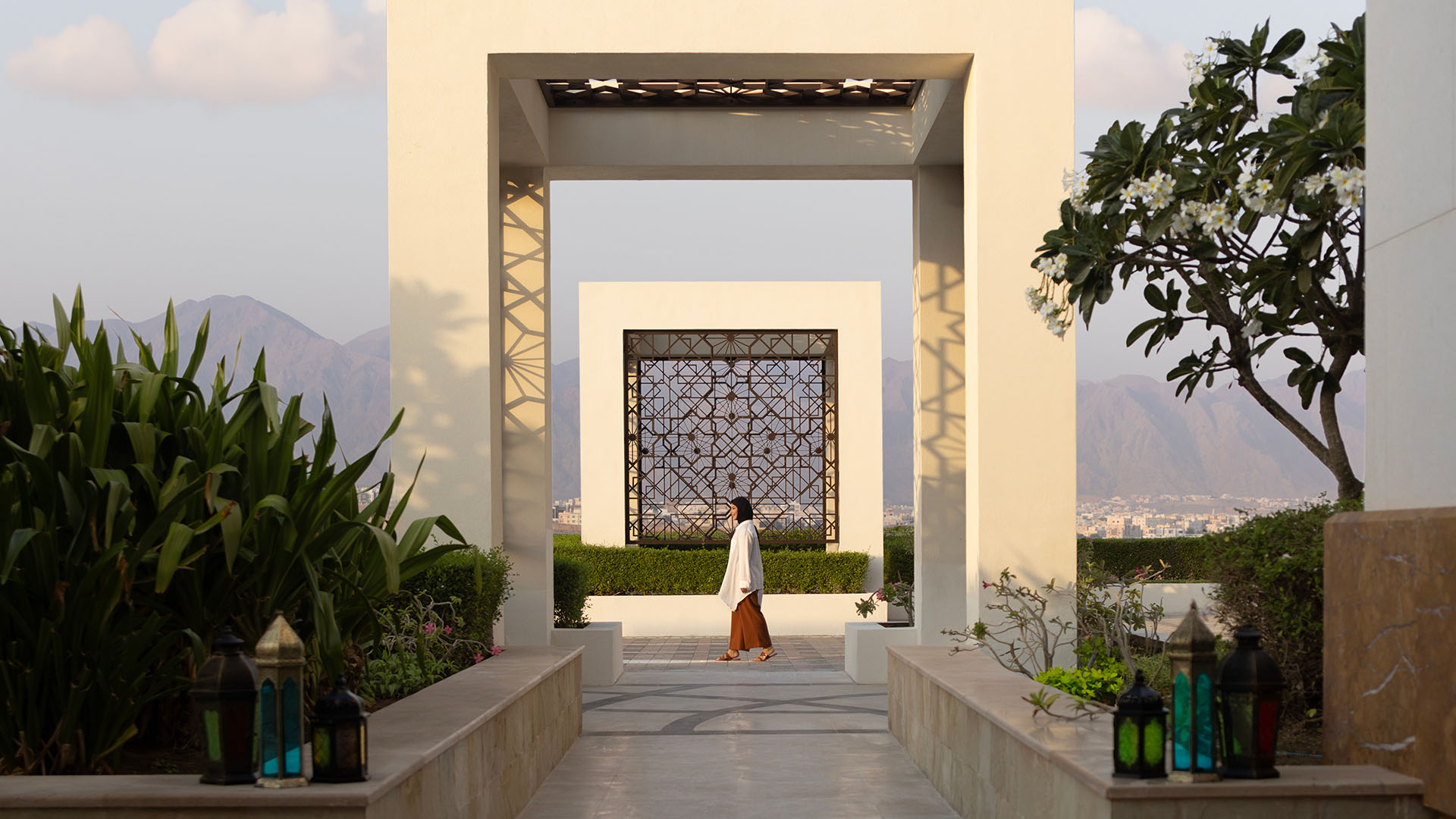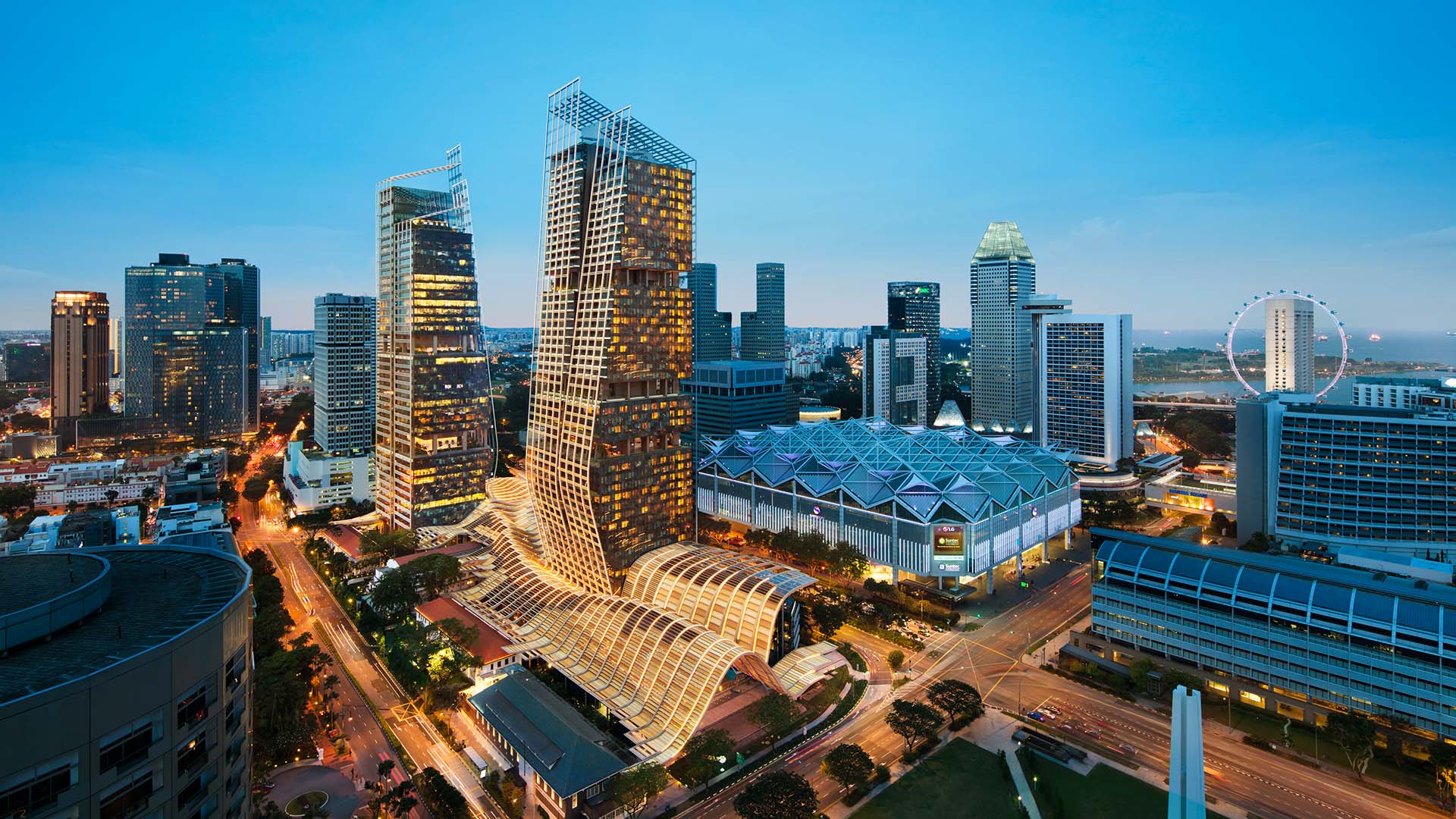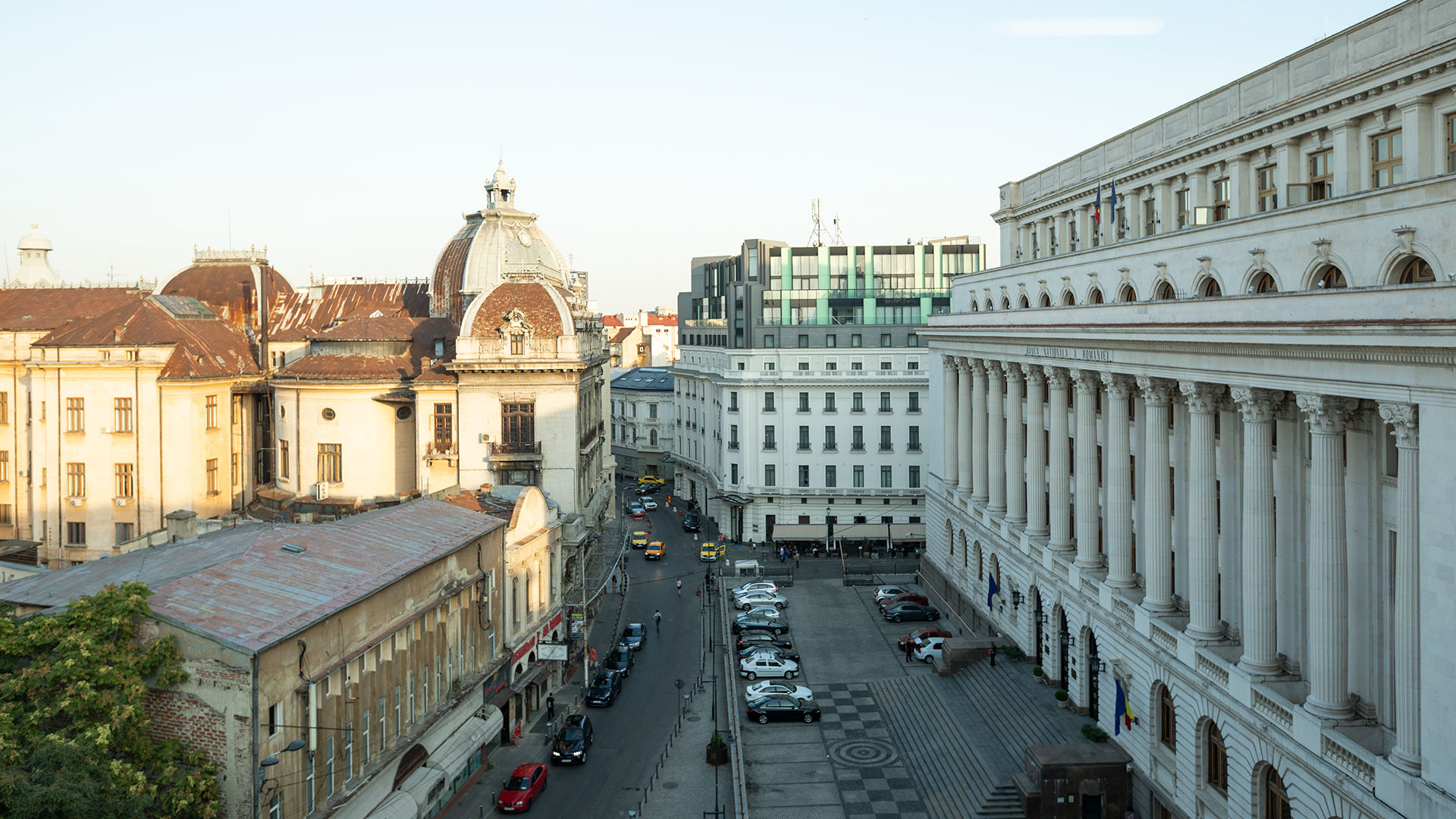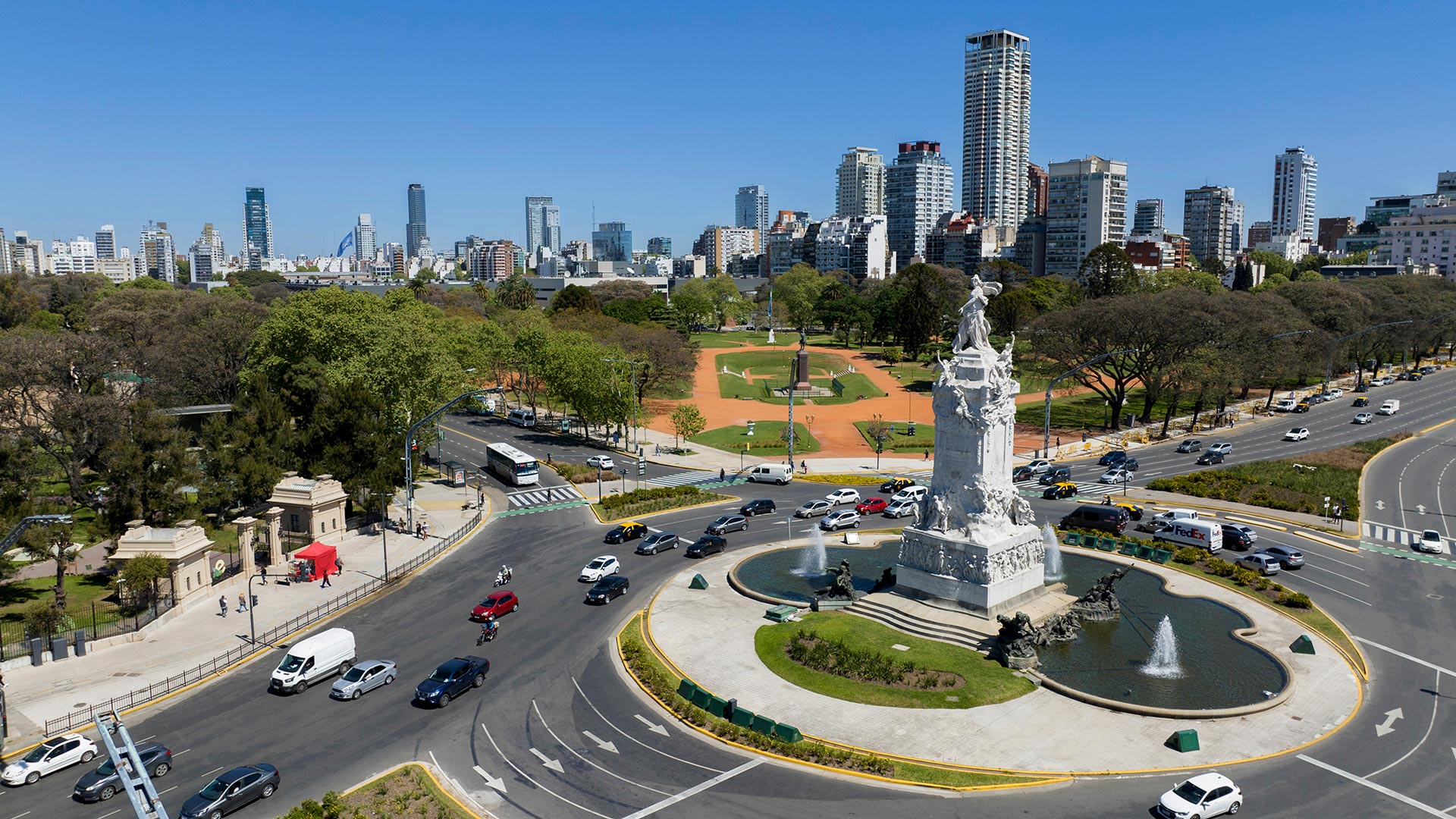
Avenida del Libertador is a hub of activity. (Photo: Marriott International)
Weekend Getaways3 Days in Buenos Aires, Argentina, from Tango and Soccer to Never-Ending Eats
By Ana Astri-O’ReillyFrom day to night, Buenos Aires excites and surprises with its eclectic mix of activities and sensational locales. Restaurants close well after midnight, an hour that sees people pouring out of theaters and into pizzerias for lively meals. Beaux Arts, art deco, Brutalist, French and Italianate architecture adorns the streets, providing a historic backdrop to the city’s vibrant, contemporary style. And influences from immigrants old and new have helped shape a food scene like no other.
From sultry salsa dancing and raucous soccer to extensive parks, world-class museums and an electrifying nightlife, this three-day adventure will immerse you in the Latin charm that makes Buenos Aires unmatched.
And bring comfortable shoes — Buenos Aires is very walkable, and you’ll want to experience it on foot to take in its full splendor. Buy a SUBE card at a metro station or drugstore and top it up with some cash to take advantage of the city’s trains and buses, too.
As always, check for travel guidelines and closures before planning your trip.
Friday: History and Shopping with a Side of Parks
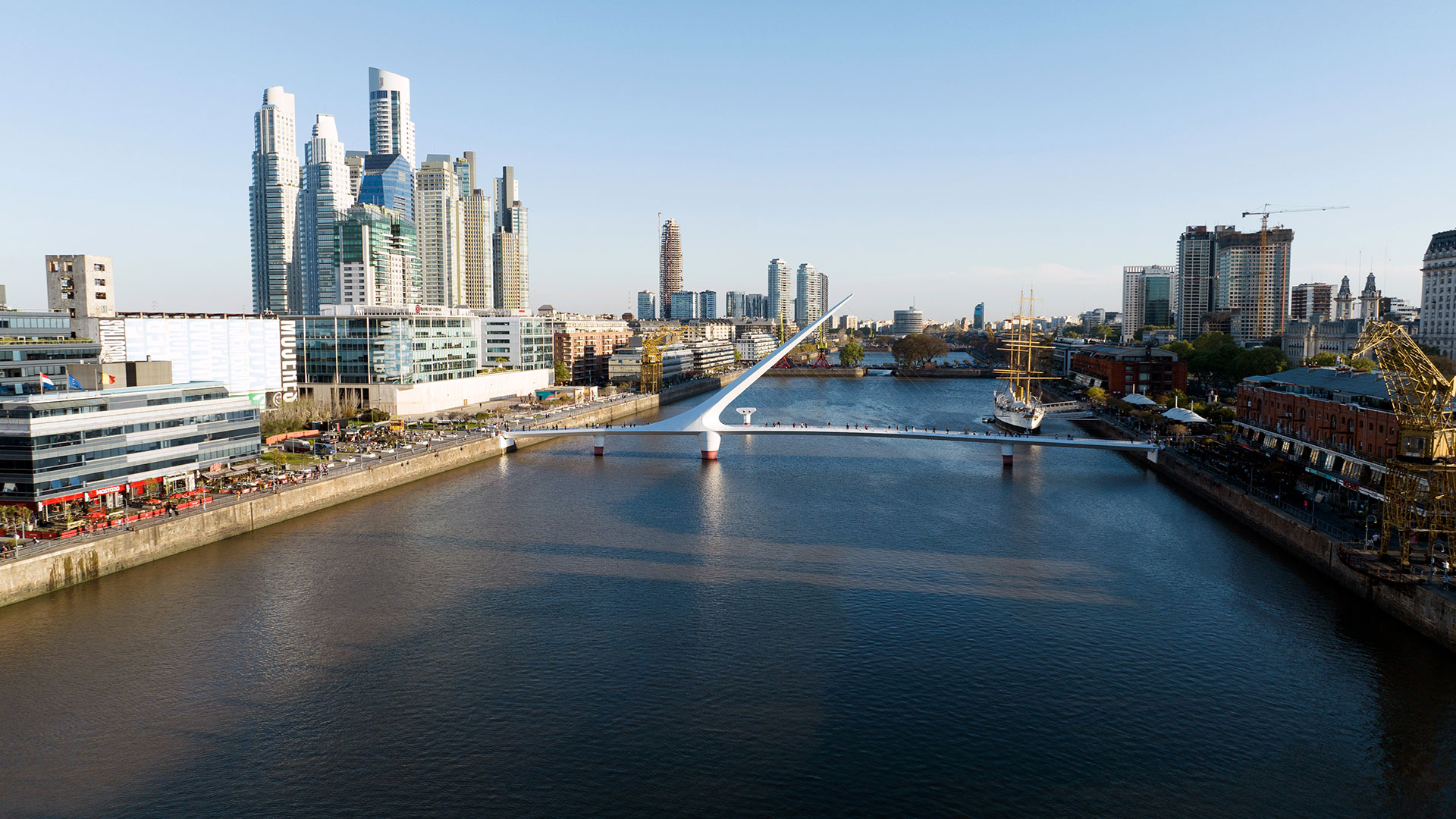
Start the day downtown on Calle Florida, a busy pedestrian-only street lined with stores, bars and galerías (shopping arcades) that offers a cool opportunity to immerse yourself in a truly local scene. But first, eat breakfast like a local at Florida Garden, a throwback to the 1960s. Do as the regulars do and order coffee and a croissant or palmier. Then browse nearby boutiques (like Casa Lopez) for the city’s famous leather goods and shoes.
Head South on Calle Florida to Avenida de Mayo and make a left to hit London City café for a hearty lunch of oven-fresh pizza and delicious desserts, along with classic Argentinian dishes. Opened in the 1950s, the restaurant was once a refuge for poets, artists and writers.
Just a five-minute walk away, you can enjoy one of Argentina’s oldest and most famous squares, Plaza de Mayo, which is packed with political history. Visit the emblematic pink presidential palace (Casa Rosada) for a free guided tour, or explore (for free) the historic Cabildo, a colonial-style building that served as the seat of the first independent government.
Also in the plaza, you’ll find the Buenos Aires Metropolitan Cathedral — with its 12 towering neoclassical columns reminiscent of Greek temples — where Pope Francis used to lead mass. Wrap up the afternoon at the nearby Costanera Sur Ecological Reserve, between the Puerto Madero neighborhood and the river, which offers trails for walking, cycling and birding, as well as a respite from the frenetic activity of the city.
Dinner is a quick walk away in Puerto Madero, the city’s glitzy, young neighborhood. Redbrick warehouses in the dockside area have been converted into restaurants and steakhouses, like Cabaña Las Lilas or La Cabaña. If you’re in the mood for pasta, reserve a table at La Parolaccia (order the spinach malfatti) or Marcelo (the mushroom risotto is a crowd favorite).
After dinner, wander across the Puente de la Mujer (Women’s Bridge), a striking pedestrian suspension bridge, named for its curved silhouette, that connects plazas on either side of the embankment, before heading back to your hotel.
Saturday: Take In Storied Palermo and Chic Recoleta
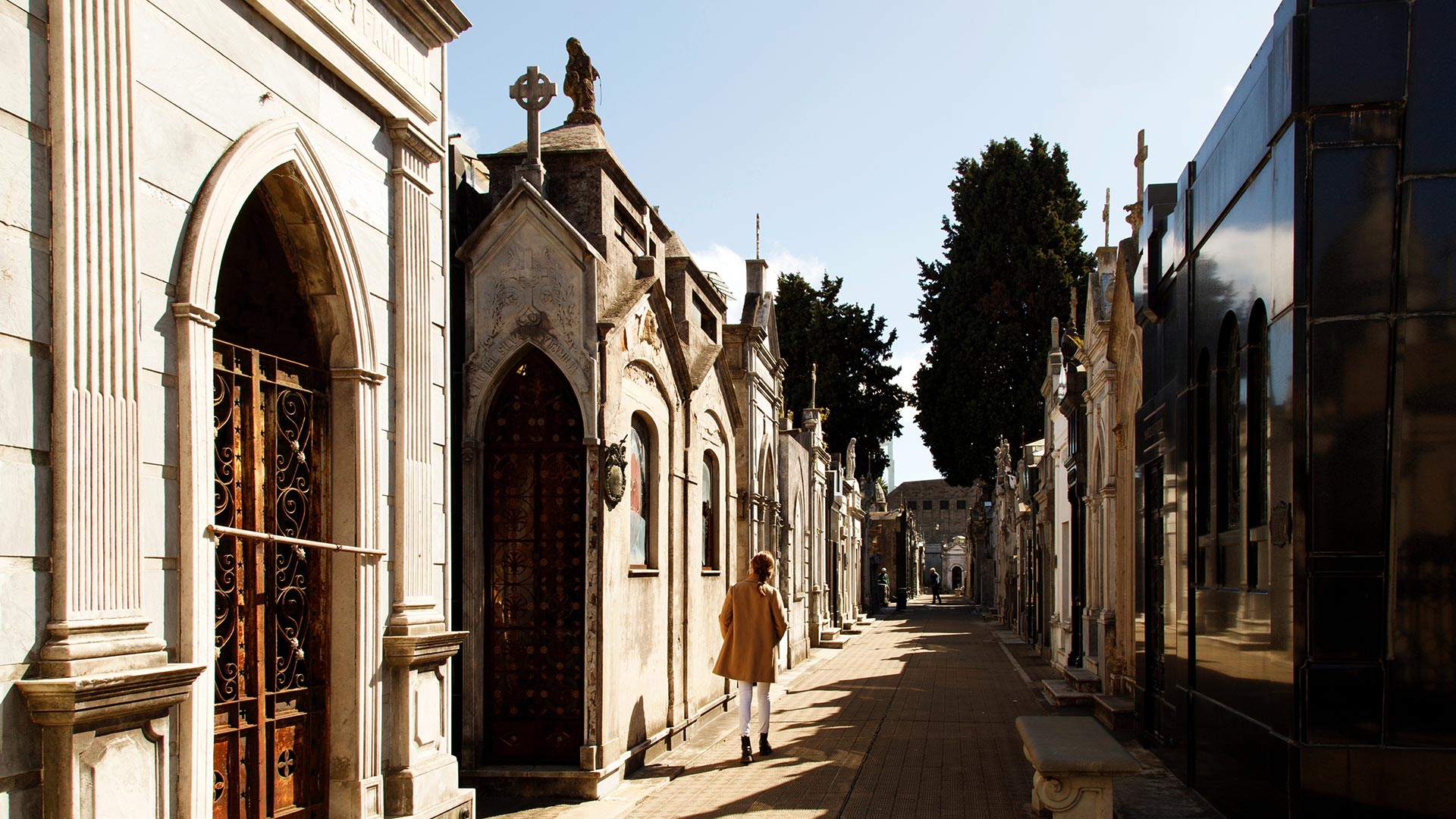
Your second day begins in Palermo, one of the city’s trendiest neighborhoods, with a visit to the Museo Evita, which provides fascinating insights into the life of Evita Perón, an actress, activist and former first lady of Argentina. Before digging in to the exhibits in this space designed as a single-family home, stop for breakfast at the museum’s café, which has a pet-friendly patio (read: a chance to pet some dogs).
Next, take a trip to the Jardín Botánico Carlos Thays, about a 10-minute walk away, to not only see the culmination of 200 years of plant propagation (which means lots of species), but also incredibly large plants like magnolias, bamboo, cotton trees and papayas. And don’t miss the greenhouse in the center of the gardens, which has rotating art exhibits.
Head across town to Recoleta to check out one of the city’s most recognizable landmarks, the Floralis Genérica. This 65-foot-tall steel and aluminum flower, located in the Plaza de las Naciones Unidas in a large pool of water, opens and closes using a hydraulic system and photoelectric cells — and makes for a great photo op.
From there, a short walk takes you to the Museo Nacional de Bellas Artes, where you can view works by Goya, Rembrandt, Picasso, Modigliani and more. For lunch, make your way up the slope of Plaza Intendente Alvear to La Biela for salads or sandwiches.
Then proceed to the Cementerio de la Recoleta across the plaza, the final resting place of famous figures such as Evita Perón, presidents and independence heroes, among others, in elaborate aboveground graves and mausoleums. The cemetery is laid out like a city, with walkways lined with exquisite stone designs, making it an intriguing place to wander. Opt for a guided tour, as the more than 6,400 mausoleums act as a crash course in the city’s architecture through the ages.
After your brush with death, treat yourself to some creamy gelato at Un Altra Volta. Locals do not usually eat or drink while walking, so sit and savor the sweet treat at a sidewalk table (you can never go wrong with dessert before dinner). Alternatively, check out the stylish Presidente Bar for signature cocktails and light appetizers.
For dinner, get a table at the nearby Rodi Bar for dishes grilled over an open flame, including the must-try calabaza (squash). But be prepared to wait if you arrive after 7 p.m., as this is a popular spot. If you’ve still got some energy to spare, head to Jazz Voyeur for some live music to finish the day.
Sunday: Explore Historic San Telmo and Colorful La Boca
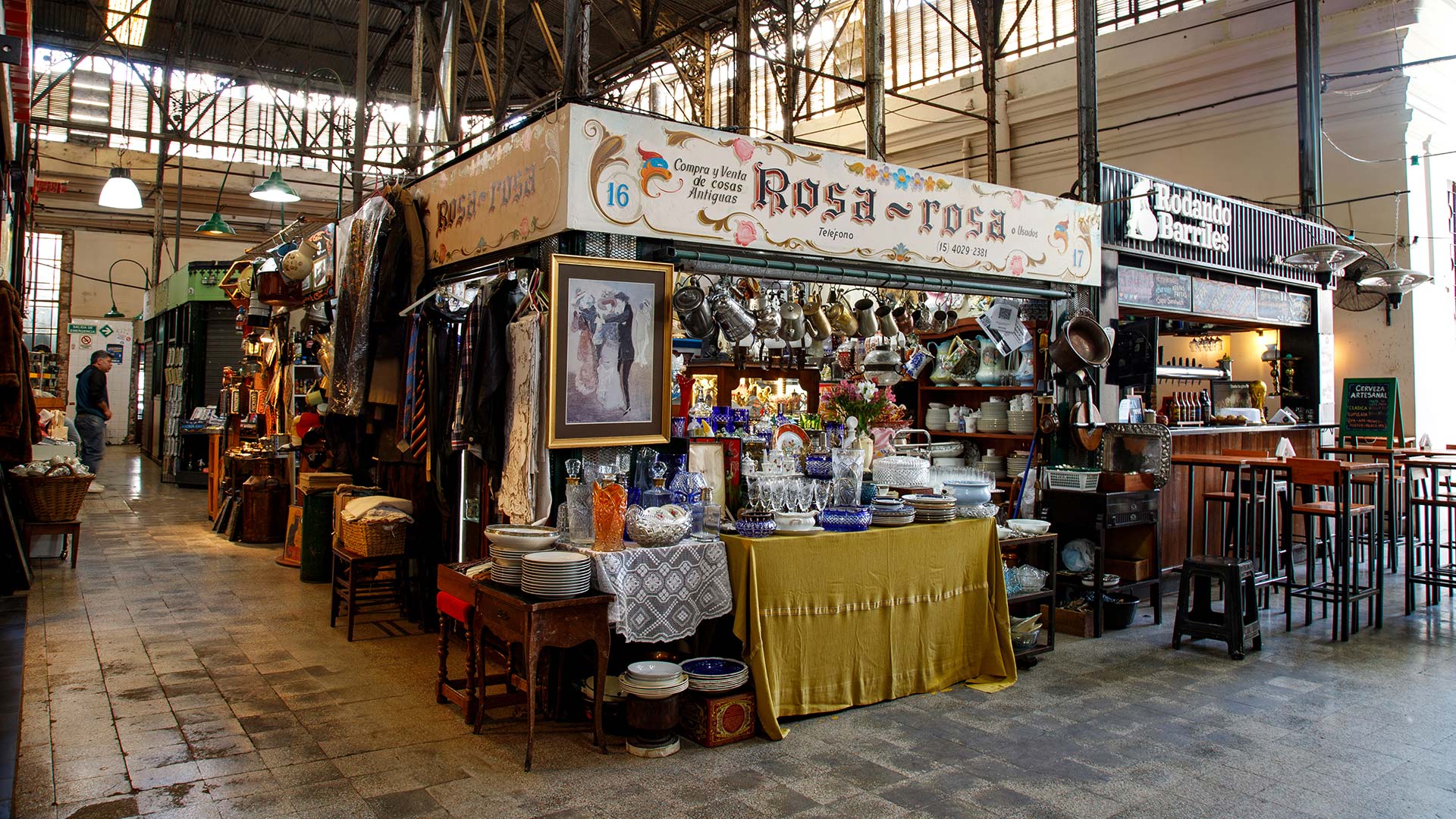
Let the infectious vivacity of the Mercado San Telmo and its neighborhood set the tone for your last day. The market is the heart of this district, so find yourself some specialty coffee and pastries at one of its many stalls before striking out to explore — Coffee Town is a popular choice.
Make your way south along Calle Defensa and pop into Galería Solar de French, a 200-year-old house converted into a shopping arcade where you can find handicrafts and vintage clothing.
Cross the street to Plaza Dorrego to catch a street tango performance and thumb through the antiques and curio stalls set up along the square (which is also surrounded by happening bars and cafés). The official market takes place on Sundays, turning the square and the surrounding streets into a carnival-like experience with more than 300 antiques sellers and stalls offering everything from clocks, records, instruments and vintage signs to books, clothes, crafts and accessories.
Next, take a three-minute walk to the Modern Art Museum (MAMBA). Admire the grand, redbrick former tobacco factory that’s now home to more than 7,000 pieces of art spanning the 1950s to modern day. If you crave a bit of the great outdoors after the museum (it’s small, with only three floors of exhibits), go to Parque Lezama. You can admire its leafy space and statues, plus the golden onion domes of the nearby Russian Orthodox church.
For a well-deserved lunch break, the neighborhood of La Boca is the way to go. You’ll have options, but do check out the house-made pasta at Il Matterello (tagliatelle, ravioli and much more), a 12-minute walk from the park.
Then take a taxi or bus to the colorful Caminito, an open-air street museum that has had many lives. Once part of an abandoned railroad system, it was originally transformed by local artist Benito Quinquela Martín, who treated the building walls as his own canvas. Many more murals and art from various artists have since been added, and you’ll often encounter street vendors and dance performances along the street.
Once you’ve seen all of the sights, walk over to the Fundación Proa café for a pre-dinner pick-me-up (coffee) or happy hour — the expansive views of the river and La Boca set a wonderful scene as you ease into your last night in town.
End the day back in San Telmo with a 15-minute cab or bus ride to indulge in a classic Argentinian parrillada (a plethora of grilled meats) at La Brigada. Follow it up with a tango show at Michelangelo or La Ventana — an energy-filled night is the best way to close out your visit to this capital city.





